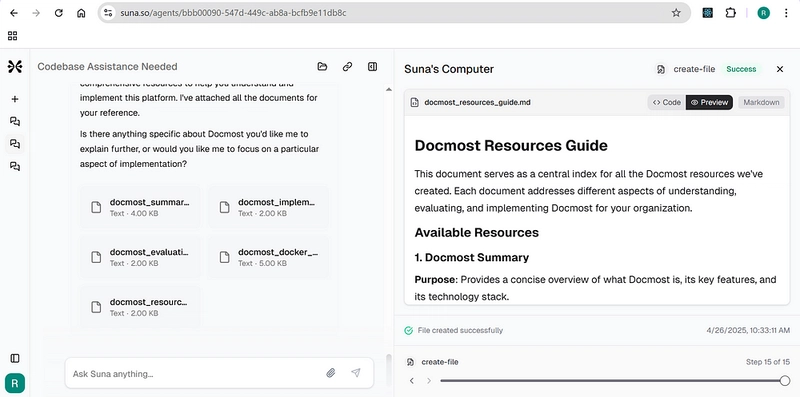Null-Conditional Assignment in C# 14 — Elegance Meets Safety
Null-Conditional Assignment in C# 14 — Elegance Meets Safety C# 14 enhances its elegant null-safety tools by allowing null-conditional operators ?. and ?[] to appear on the left-hand side of assignment expressions. This new capability removes repetitive null checks and brings a new level of composability and safety to common mutation patterns in object graphs and collections. In this post, you’ll explore: What is null-conditional assignment What's new in C# 14 Real-world usage examples Supported assignment operations Limitations and best practices The Problem in Pre-C# 14 Before C# 14, you needed explicit null checks before assigning to a property: if (customer is not null) { customer.Order = GetCurrentOrder(); } Or use a ternary: customer?.Order = customer is not null ? GetCurrentOrder() : null; Both approaches were verbose or redundant. The C# 14 Solution Now you can write: customer?.Order = GetCurrentOrder(); This means: ✔️ "Assign only if customer is not null" ✔️ The right-hand side GetCurrentOrder() is not evaluated if customer is null Practical Example Customer-Order Scenario Customer? customer = GetCustomer(); customer?.Order = CreateOrder(); // If customer is not null Dictionary Case with Null-Conditional Indexer Dictionary? scores = GetScores(); scores?["math"] = 95; // Works only if scores is not null Compound Assignments Supported C# 14 allows null-conditional usage with: Operation Example Notes += customer?.Total += 10; Only if customer isn't null -= scores?["math"] -= 5; Only if scores isn't null *= data?.Weight *= 2; Avoids null exception

Null-Conditional Assignment in C# 14 — Elegance Meets Safety
C# 14 enhances its elegant null-safety tools by allowing null-conditional operators ?. and ?[] to appear on the left-hand side of assignment expressions.
This new capability removes repetitive null checks and brings a new level of composability and safety to common mutation patterns in object graphs and collections.
In this post, you’ll explore:
- What is null-conditional assignment
- What's new in C# 14
- Real-world usage examples
- Supported assignment operations
- Limitations and best practices
The Problem in Pre-C# 14
Before C# 14, you needed explicit null checks before assigning to a property:
if (customer is not null)
{
customer.Order = GetCurrentOrder();
}
Or use a ternary:
customer?.Order = customer is not null ? GetCurrentOrder() : null;
Both approaches were verbose or redundant.
The C# 14 Solution
Now you can write:
customer?.Order = GetCurrentOrder();
This means:
✔️ "Assign only if customer is not null"
✔️ The right-hand side GetCurrentOrder() is not evaluated if customer is null
Practical Example
Customer-Order Scenario
Customer? customer = GetCustomer();
customer?.Order = CreateOrder(); // If customer is not null
Dictionary Case with Null-Conditional Indexer
Dictionary<string, int>? scores = GetScores();
scores?["math"] = 95; // Works only if scores is not null
Compound Assignments Supported
C# 14 allows null-conditional usage with:
| Operation | Example | Notes |
|---|---|---|
+= |
customer?.Total += 10; |
Only if customer isn't null |
-= |
scores?["math"] -= 5; |
Only if scores isn't null |
*= |
data?.Weight *= 2; |
Avoids null exception |










































































































































































![[The AI Show Episode 146]: Rise of “AI-First” Companies, AI Job Disruption, GPT-4o Update Gets Rolled Back, How Big Consulting Firms Use AI, and Meta AI App](https://www.marketingaiinstitute.com/hubfs/ep%20146%20cover.png)
























































































































![[DEALS] The Premium Python Programming PCEP Certification Prep Bundle (67% off) & Other Deals Up To 98% Off – Offers End Soon!](https://www.javacodegeeks.com/wp-content/uploads/2012/12/jcg-logo.jpg)












































































































































_Aleksey_Funtap_Alamy.jpg?width=1280&auto=webp&quality=80&disable=upscale#)
_Sergey_Tarasov_Alamy.jpg?width=1280&auto=webp&quality=80&disable=upscale#)















































































































![Apple Developing New Chips for Smart Glasses, Macs, AI Servers [Report]](https://www.iclarified.com/images/news/97269/97269/97269-640.jpg)
![Apple Shares New Mother's Day Ad: 'A Gift for Mom' [Video]](https://www.iclarified.com/images/news/97267/97267/97267-640.jpg)
![Apple Shares Official Trailer for 'Stick' Starring Owen Wilson [Video]](https://www.iclarified.com/images/news/97264/97264/97264-640.jpg)






































































































